So we have most of the information that might brush away some of the clouds from the murky names of Vajrayogini and Vajradakini. There may be a mentality of popular association which describes them nowhere near adequately enough as the fact they have specifically different uses in very particular places.
For example, we just found out that Mantranusarini is Vajrayogini, so she is capable of teaching the methods of Dakini Jala, as well as the underpinnings of Cinnamasta (Yogambara with Jnana Dakini, Mahamaya with Buddha Dakini), including a special use of Varuni which by definition brings Vairocani, Khandaroha, and Varahi; and it is all vined into the major Chakrasamvara and Hevajra tantras, which are the continuity of Varahi and Nairatma.
Mantranusarini is a public outer deity. Anyone may worship her.
She has more or less just been proven as a vessel for not just the entire Dakini Jala, but probably anything we could ever accomplish up to Amaravajra. What??
Nothing says that about her, unless you just follow the symbols, it is all esoteric.
We found that Vajradakini currently is probably very little Upeksa and probably a lot more Samsara, and since this would seem to be crucially important, I want to post the actual articles that employ her. I can only get so much from them, but, perhaps we can boil it down over time.
Vajradakini is used by two Vairocana goddesses.
The Varahi Heruka is plainly a nest egg of Cinnamasta Tri-kaya Vajrayogini:
226.
prathamaṃ tāvad yogī śmaśānādau manorame sthāne
svahṛdīndau oṃkārakiraṇair gurubuddhabodhisattvān anīya purato-
'valambya pūjāpāpadeśanādikaṃ kṛtvā khasamaṃ traidhātukaṃ
vicintya huṃvajrīkṛtabhūmau śmaśānāṣṭakamadhye dharmmo-
dayāntargatapadmavaraṭake candrasthavisomasampuṭasthavaṃkāravajraṃ
tadbījasamudbhavāṃ bhagavatīṃ vajravārāhīṃ pralayānalasannibhāṃ
She is Khasamam "Equal to Sky" or a synonym for Khasarpana. Cemeteries, Dharmodaya, and Samputa are mentioned, until Vam becomes a Vajra which becomes Varahi in the fires at the end of the world.
ekavaktrāṃ dvibhujāṃ dakṣiṇe -
tarjjayantīṃ diśaḥ sarvvaduṣṭatarjjanavajrikām /
vāme kapālaṃ viśvapatākāvirājitabahudaṇḍāsakta-
khaṭvāṅgadharāṃ bhairavakālarātryākrāntāṃ pratyālīḍhena tāṇḍavāṃ
She does Tarjani gesture, has a skullcup, and then a Khatvanga in her elbow. She does Tandava on Bhairava and Kalaratri.
digvāsāṃ muktakeśāṃ khaṇḍamaṇḍitamekhalāṃ daṃṣṭrākarālavadanāṃ
trinetrāṃ vikṛtānanāṃ viśvavajradharāṃ mūrdhni vajramālākapāla-
śobhitāṃ muṇḍasragdāmadehobhayaśobhāṃ sarvvālaṅkārabhūṣitāṅgīṃ
sarvvabuddhābhiṣekabhujāṃ vairocanakulodbhavāṃ sarvvasiddhipradayikāṃ
sphuratsaṃhāravigrahām -
pūjāstutyamṛtāsvādaṃ kṛtvā yogī samāhitaḥ /
sādaraṃ bhāvayan nityaṃ laghu buddhatvam āpnute //
bhāvanāṃ kṛtvā nyāsaṃ kuryyāt baliṃ ca dadyāt yogavit /
She casts Armor:
Oṃ vaṃ vajravārāhī nābhau, hāṃ yāṃ yāminī hṛdi, hrīṃ moṃ
mohanī vaktre, hre hrīṃ sañcālanī śirasi, huṃ huṃ santrāsanī
śikhāyām, phaṭ phaṭ caṇḍikā sarvvāṅgeṣvastram -
nābhau hṛdi tathā vakre śiraḥ śikhāstarm eva ca /
kṛtvāgragraṃthyā khalu madhyasūcī
aṅguṣṭhavajro dṛḍhaṃ saṃprapīḍya /
saṃsthāpyatāmadho lalāṭadeśe
āvarttyāvarttena ca vibhrāmayet //
Virayogini is attracted, who turns out to be Vajradakini. In Shiva tantra, this concerns sex and retention of semen (same as Heruka); in Buddhism, the Viras are generally Armor Deities, or one who has employed them to obtain realization in Yoganiruttara tantras.
ākrantapādorddhvadṛṣṭis tu mūrdhnā pheṃkāranādataḥ daśadi-
glokadhātusthā vīrayoginīḥ ākarṣayet - oṃ yogaśuddhāḥ
sarvvadharmmāḥ yogaśuddho 'haṃ oṃ acaṇḍi hoḥ jaḥ huṃ vaṃ hoḥ
vajraḍākinyaḥ samayas tvaṃ dṛśyahoḥ / vajrāñjalyā ūrddhvavikacabaliṃ
dadyānniśārddhake -
oṃ kha kha khāhi khāhi sarvvayakṣarākṣasa-
bhūtapretapiśāconmādāpasmāraḍākaḍākinyādaya imaṃ baliṃ
gṛhṇantu samayaṃ rakṣantu samayasiddhiṃ prayacchantu yathaivaṃ yatheṣṭaṃ
bhuñjatha pibatha mātikramatha mama sarvvākārasatsukhaviśuddhaye
sahāyakā bhavantu huṃ huṃ phaṭ phaṭ svāhā - balimantraḥ /
Vairocani is her ten syllable heart mantra, Varnani is her twenty-one syllable near heart mantra:
oṃ vajravairocanīye huṃ phaṭ svāhā - hṛdayamantraṃ daśākṣaram /
oṃ sarvvabuddhaḍākinīye vajravarṇanīye huṃ huṃ phaṭ phaṭ svāhā /
upahṛdayam ekaviṃśatyakṣaram /
The only other Vairocanis are Varahi 215 and 227; the only Varnani is 225.
Then there is a type of "purifies comestibles" (bhaksya) mantra, and it ends with meditation on Prabhasvara and Mahasukha:
oṃ sarvvavajrakāmini sarvvabhakṣyaṃ
śodhaya guhyavajriṇi huṃ svāhā - sarvvabhakṣyaśodhanamantraḥ /
athavā upadeśaḥ svacittaṃ sthirīkarttukāmaḥ svanābhi-
kamalopari somapuṭāntasthasarṣapasūkṣmavaṃkāravinirgatamṛṇāla-
tantvākāraraśimiṃ dhyāyāt, traidhātukaṃ prabhāsvaraṃ mahā-
sukhākāraṃ paśyed iti /
// saṃkṣiptavajravārāhīsādhanaṃ samāptam //
In the food mantra, Guhyavajrini in the Method of Laughter involving drunkenness and sexual contact to Sparsha Vajra.
Kamini generally is "woman" but is also a yogini who continues through Buddha Kapala, Vajradaka, and Dakarnava tantras.
Quoting Samvarodaya in a study of food in esoteric Buddhism, Sarva Vajra Kamini is replaced by Sarva Vajra Dakini. Perhaps they are equivalent.
Dharmakirti's Chakrasamvara commentary says:
Greatly terrifying, with bared fangs,
Ornamented with the flower garland of mantra,
Voraciously eating great meat,
Praises and prostrations to the glorious blood-drinker!
Glorious Vajradakini,
The Dakini who turns the wheel,
The five wisdoms and three bodies personified,
Praises and prostrations to the protector of beings!
Recite this with the stable pride of the deity.
OM SARVA VIRA YOGINI KAYA VAKA CHITTAM VAJRA SVABHAVA ATMA
KO HANG.
Six Face Marici uses a red triangle on Odiyana Pitha, her Suci or Needle, Brahma's head, somewhat wrathful warrior pose. She does not even take a full mandala but does use Fence:
140.
ādau hṛdi sūryyāsane huṃkārakiraṇair ānīya bhagavatī-
m ekavidhapūjābhiḥ sampūjya pāpadeśanādikaṃ kṛtvā
śūnyatābhāvanānantaraṃ viśvavajrākāraṃ cetaḥ saṃcintya
tatpariṇāmena vajrabhūmiṃ vajraprākārādikaṃ dhyātvā tanmadhye
śrīodiyānapīṭhaṃ trikoṇamāraktaṃ tanmadhye sūryyasthapañca-
sūcikavajraṃ oṃkārādhiṣṭhitvaraṭakaṃ tatpariṇāmena bodhi-
cittarūpāṃ mahāpralayānalavisphuliṅgadurddharṣāmaṭṭāṭṭahāsāṃ
samākrāntacaturmārāṃ pratyālīḍhapadāṃ dvādaśabhujāṃ ṣaṇmukhīṃ
trinetrāṃ raktavarṇāṃ prathamadakṣiṇaṣaḍbhujeṣu khaḍgaviśva-
vajraekasūcikavajraparaśuśaramuṣalān dadhānāṃ vāma-
bhujeṣu satarjjanīpāśikātriśūlāśokapallavacāpapāśa-
brahmaśirodhāriṇīṃ naraśiromālāpralambitasarvvāṅgāvayava-
śobhāṃ vyāghracarmmottarīyavāsasaṃ mūlamukhaṃ raktaṃ sitakṛṣṇaṃ
vāmamukhadvayaṃ pītakṛṣṇaṃ dakṣiṇamukhadvayaṃ kṛṣṇorddhvārāha-
mukhaṃ lalajjihvāmūrddhvajvalitapiṅglakeśāṃ vairocanamukuṭinīṃ
bhujagāṣṭābharaṇabhūṣitāṃ nijakiraṇaiḥ sarvvato māravidhvaṃ-
sinīṃ daśadikpalāyamānaḍākinībhūtavetāḍaphetkāra-
hāhāravabhīṣaṇapariveṣṭitaśmaśānāṣṭakamaṇḍitāṃ śrīmado-
ḍḍiyānamārīcīm ātmānaṃ jhaṭiti niṣpādyaśiraḥkaṇṭha-
hṛdayeṣu oṃ āḥ huṃ sarvvāṅgeṣu phaṃkāraṃ cintayet / tato
nābher api viśvakamale candrasūryyasampuṭamadhye huṃkārāt
mṛṇālatantusvabhāvaṃ viśvavarṇam akṣaraṃ cintayet /
oṃ vajra-sattveśvari sarvvaduṣṭān hana hana daha daha paca paca oṃ
mārīcyai māṃ huṃ huṃ phaṭ svāhā hṛdayamantraḥ / oṃ āḥ huṃ
bhāvanāmantraḥ /
She Mutters Vetali and then does a second muttering for herself:
oṃ vajravetāli huṃ phaṭ jāpamantraḥ / oṃ
mārici oṃ māṃ huṃ huṃ phaṭ dvitīyajāpamantraḥ /
Her Bali mantra is a variant of the previous, and there is no sense of hooking from a distance; Sandhya is like Vepsers, usually three, but this is made of four, so we would guess that to Dawn, Noon, and Evening, it includes Midnight. So it seems to suggest this Vajradakini offering four times a day:
tad anu catuḥsandhyāsu balimantraḥ oṃ alalli hoḥ jaḥ juṃ vaṃ hoḥ oṃ
vajraḍākini samayas tvaṃ dṛśyahoḥ kha kha khāhi khāhi sarvva-
yakṣarākṣasabhūtapretapiśāconmādāpasmāraḍākaḍākinyādaya
imaṃ baliṃ gṛhṇatha pibatha jighratha mātikramatha mahāsukha-
vivṛddhaye mama sahāyakā bhavatha huṃ huṃ phaṭ phaṭ svāhā /
bhojanādikaṃ ca hrīḥkāreṇa huṃkārādinā vā saṃśodhyā-
cared iti /
// dvādaśabhujaraktavarṇaoḍiyānasvādhiṣṭhāna-
kramamārīcīsādhanam //
Hariti or Smallpox is Yakseshvari; in terms of hunger, she had five hundred cannibal children. She is a non-Indic foreigner who nevertheless is highly regarded in the heart of Kathmandu. Nepal is a cross and its music is very weird. There is an odd Hariti Temple right at Swayambhu. She is understood as subdued by Buddha and her name is often pronounced Harati. Here, they are invoking Yo Maa Harati Jagata Janani:
In Nepal, they readily take Harati as Jagata Janani or birth mother of the world. A black bag of diseases from Iran, cannibalism, hunger, has been converted to Dharma. And since it is Nepal, and who was there first, and what is one of her first epithets, Sita, Jagat Janani, as included in another song from India.
As well as the normal cycle of Eight Offerings, in Sadhanamala there is also a cycle of five which ends with food or Navediye. And so in Yoga terms we are looking at this second cycle being equal to the Five Dissolutions as taught by Vajrayogini in Dakini Jala Secret Doctrine. This is why we have a second Mega Lamp. There are different ways of doing the ritual, but the aspect of heat and its transfer to a vessel is what we are using Ghasmari for. I believe Sita is also used for a "doorway ritual"; Aarti is the Lamp Offering as well as the song and music for it, which removes Ratri. So we are getting a feel of what the fourth esoteric offering is, corresponding to a purely tantric view of the fourth dissolution where, to the majority of beings, the swarm of fireflies will have driven them mad in some way or another. We want it to coalesce into a stable unit, we see from Pancha Raksa that Cool Forest may have something to do with it, and our most accurate guide is Turquoise Lamp towards the Akanistha of Tara's Forest of Turquoise Leaves.
This Sita does not mention Rama, she is Janaka Dulari, or King Janaka's beloved daughter, who receives the Aarti:
Aarti Shri Janak Dulari Ki,
Sita Ji Raghuvar Pyari Ki,
Jagat Jannani Jag Ki Vistarini,
Naitya Satya Saket Viharini,
Param Dayamyi Dinodharini,
Sita Maiya bhaktan Hitkari Ki
Aarti Shri Janak Dulari Ki !!
Sati Shromani Pati Heet Karini,
Pati Seva Vit Van Van Charini,
Pati Heet Pati Viyog Swikarini,
Tyag Dharm Murti Dhari Ki,
Aarti Shri Janak Dulari Ki ||
Vimal Kirti Sab Lokan Chaahi,
Naam Let Pawan Mati Aayi, Sumirat Katat Kashth Dukh Daahi
Sharanaagat Jan Bhaya Hari Ki
Aarti Shri Janak Dulari Ki !!
- Home
- Forum
- Chat
- Donate
- What's New?
-
Site Links

-
Avalon Library

-
External Sites

- Solari Report | Catherine Austin Fitts
- The Wall Will Fall | Vanessa Beeley
- Unsafe Space | Keri Smith
- Giza Death Star | Joseph P. Farrell
- The Last American Vagabond
- Caitlin Johnstone
- John Pilger
- Voltaire Network
- Suspicious Observers
- Peak Prosperity | Chris Martenson
- Dark Journalist
- The Black Vault
- Global Research | Michael Chossudovsky
- Corbett Report
- Infowars
- Natural News
- Ice Age Farmer
- Dr. Joseph Mercola
- Childrens Health Defense
- Geoengineering Watch | Dane Wigington
- Truthstream Media
- Unlimited Hangout | Whitney Webb
- Wikileaks index
- Vaccine Impact
- Eva Bartlett (In Gaza blog)
- Scott Ritter
- Redacted (Natalie & Clayton Morris)
- Judging Freedom (Andrew Napolitano)
- Alexander Mercouris
- The Duran
- Simplicius The Thinker





 Reply With Quote
Reply With Quote
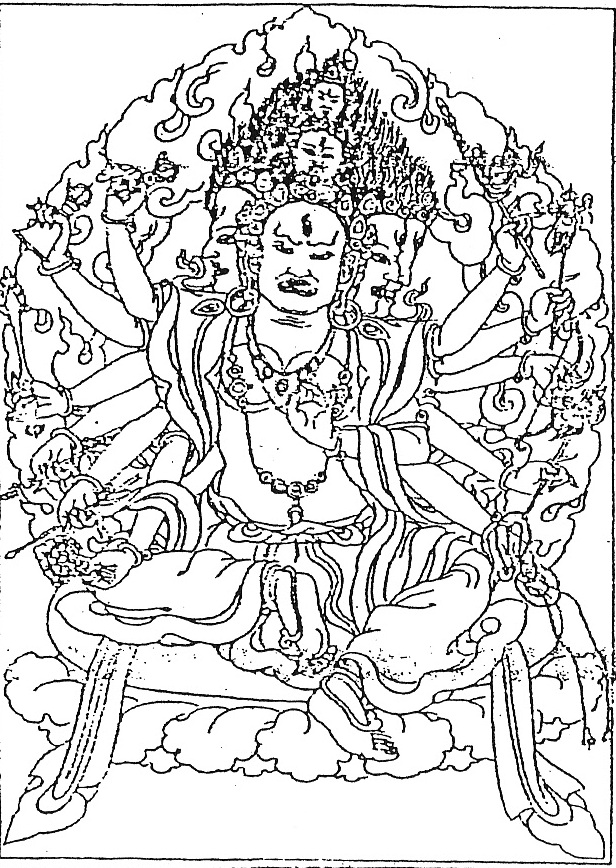
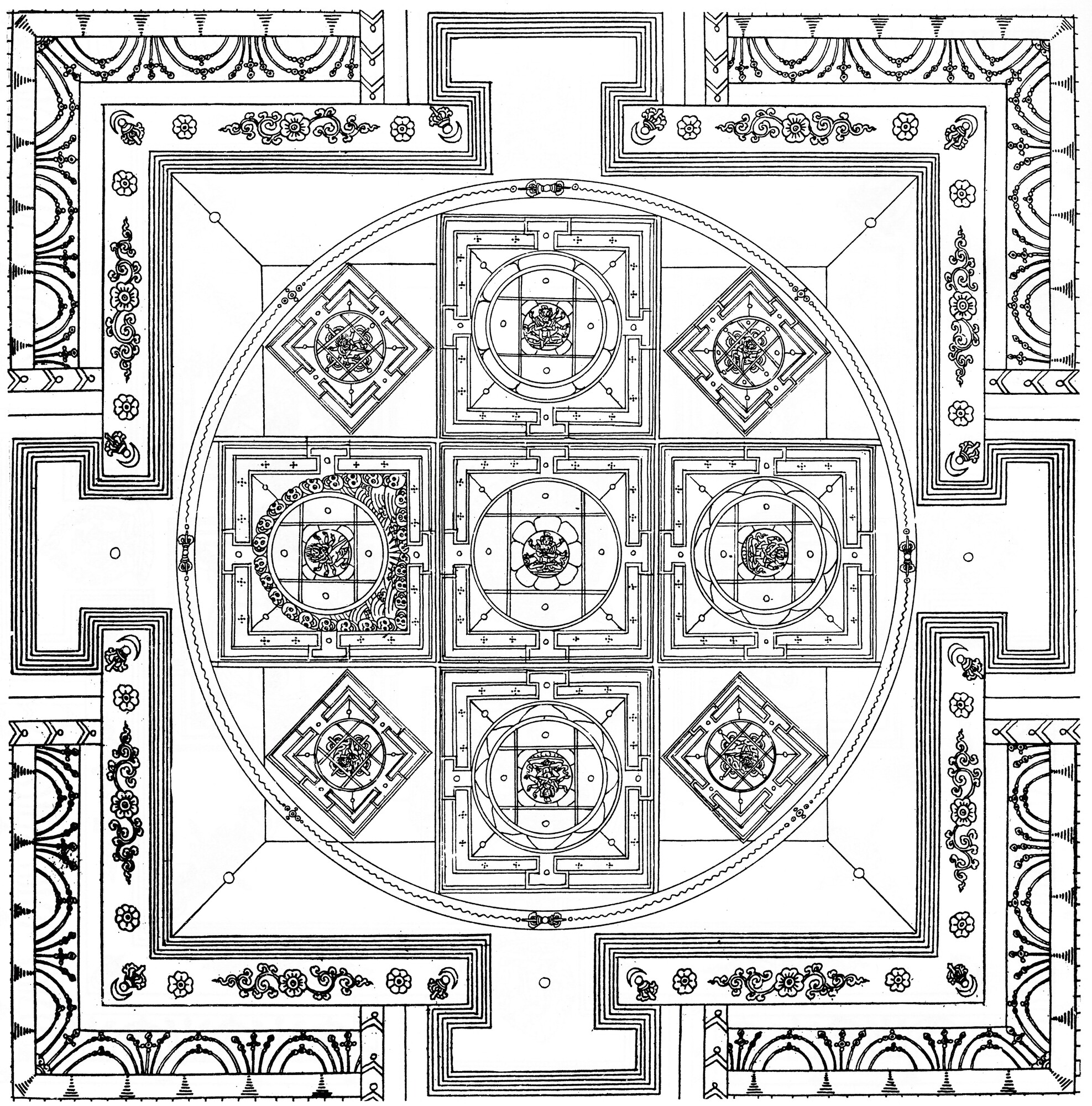

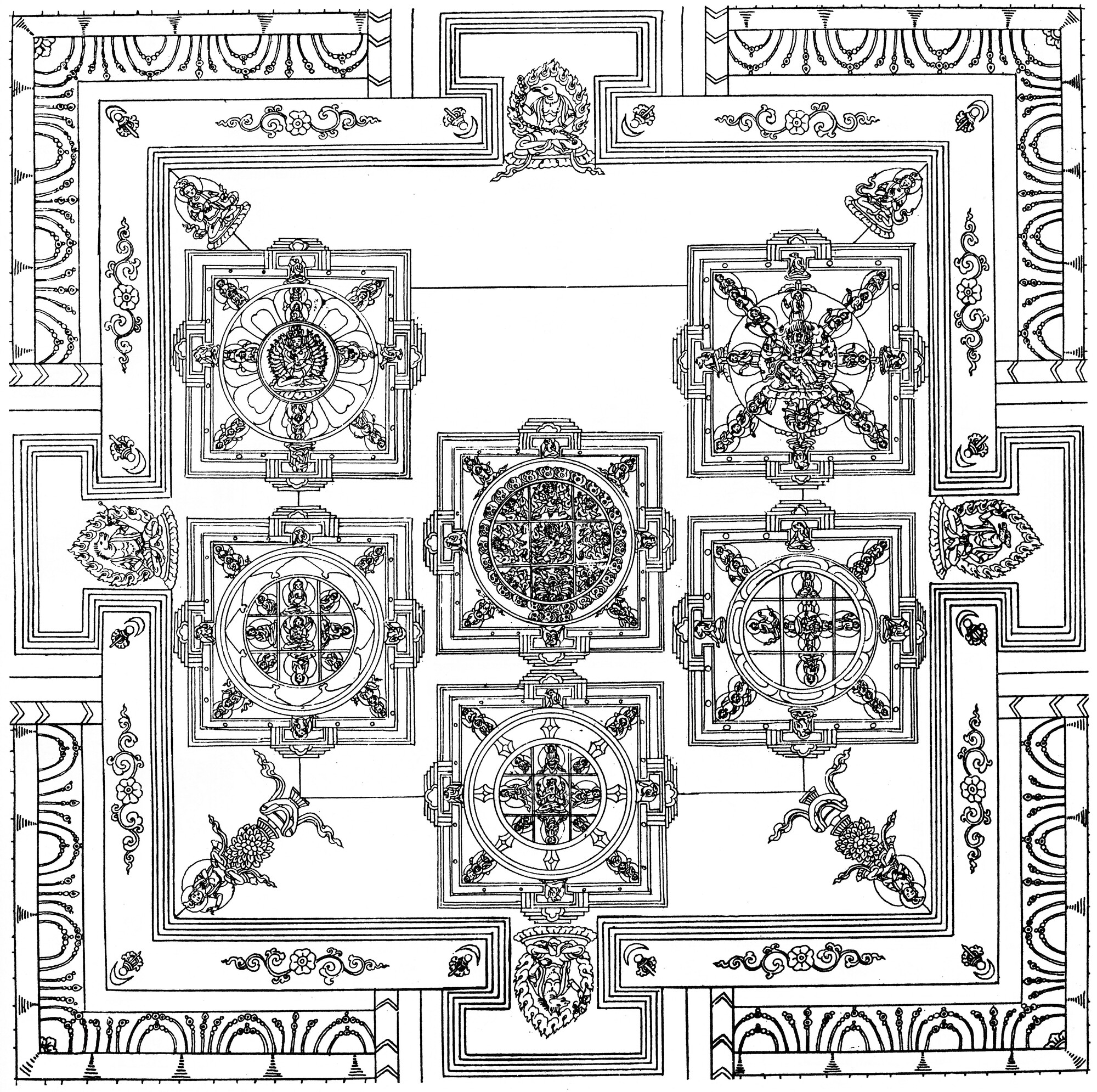
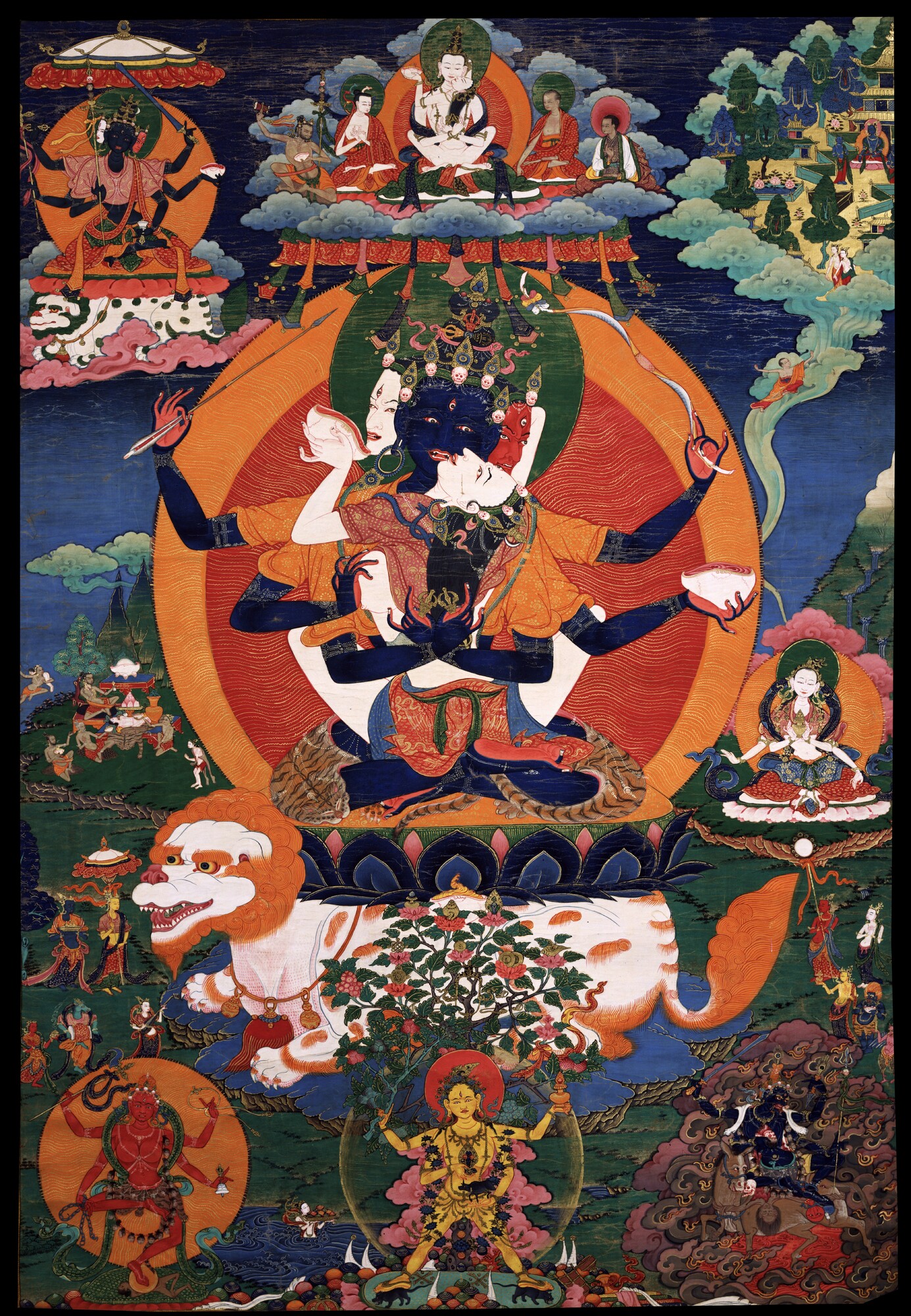

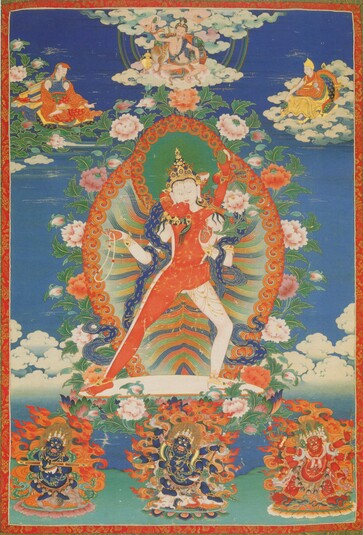
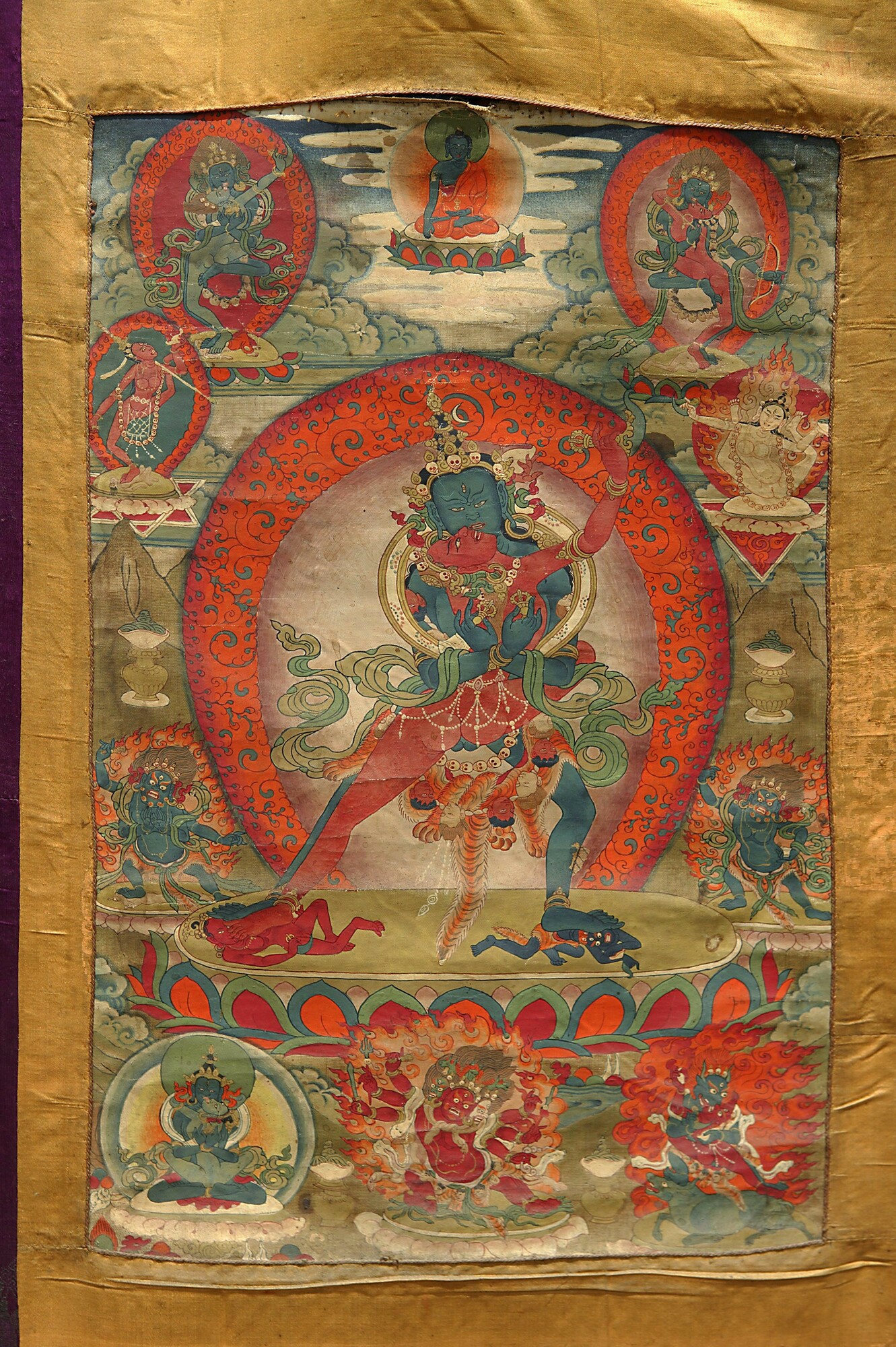
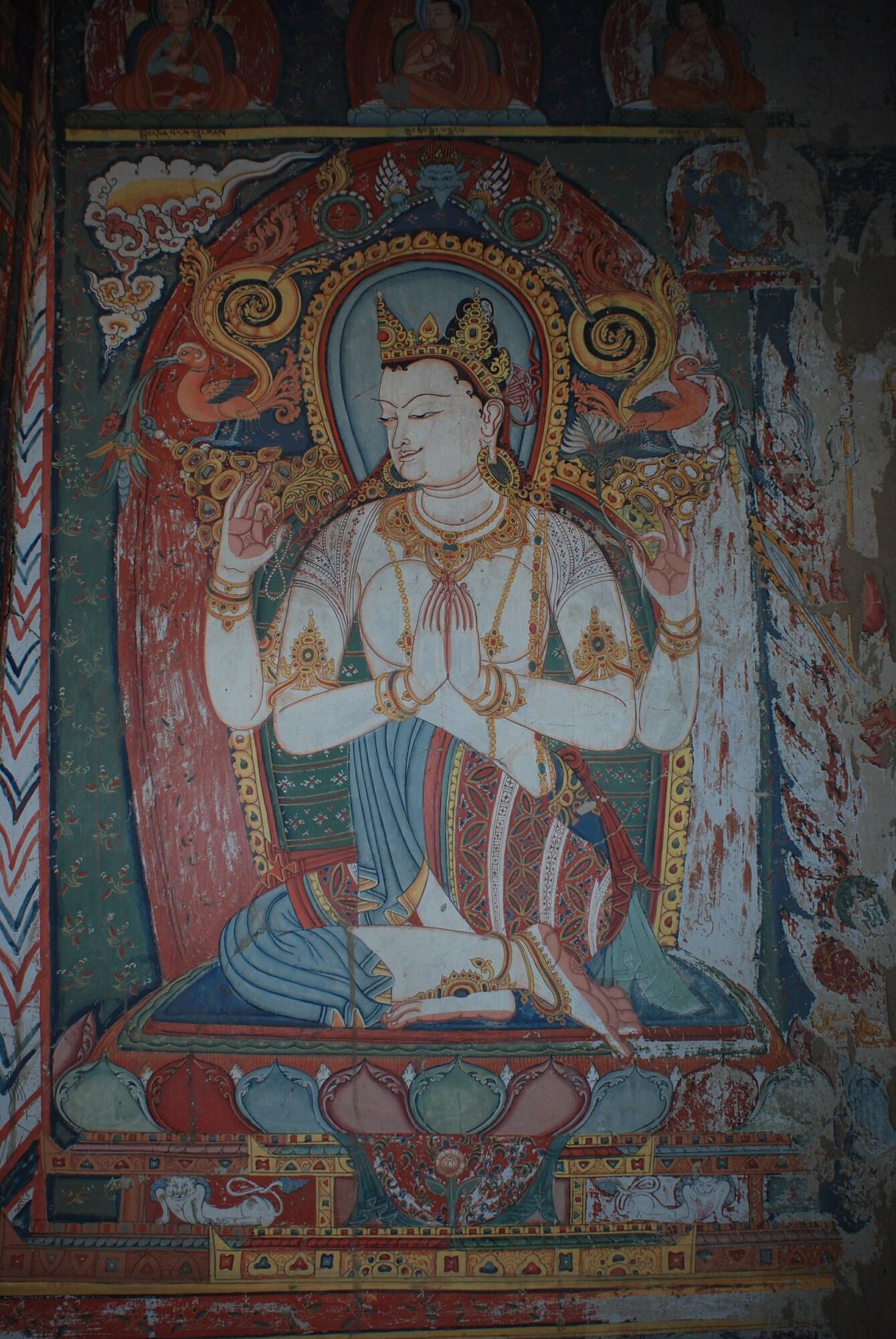
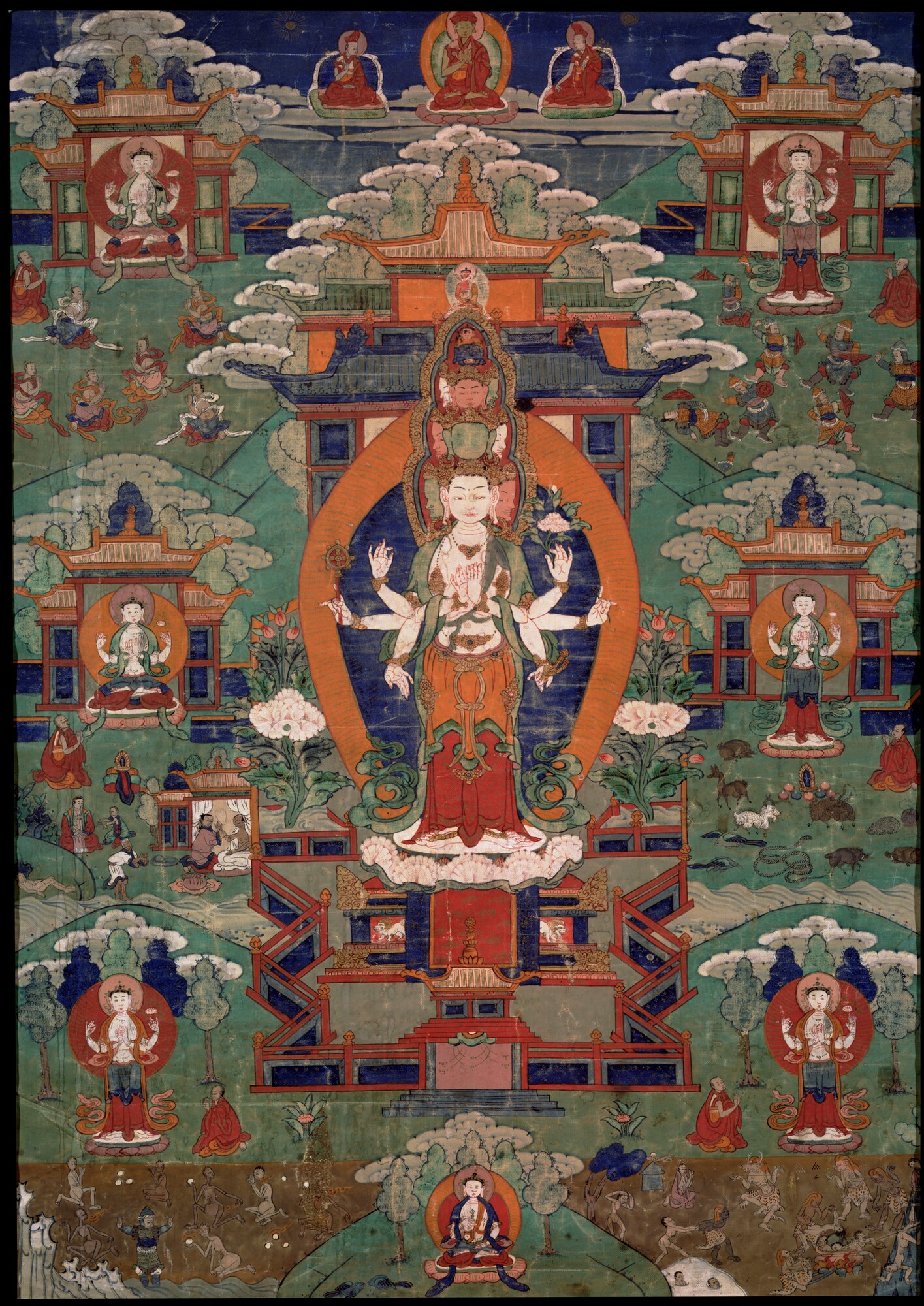
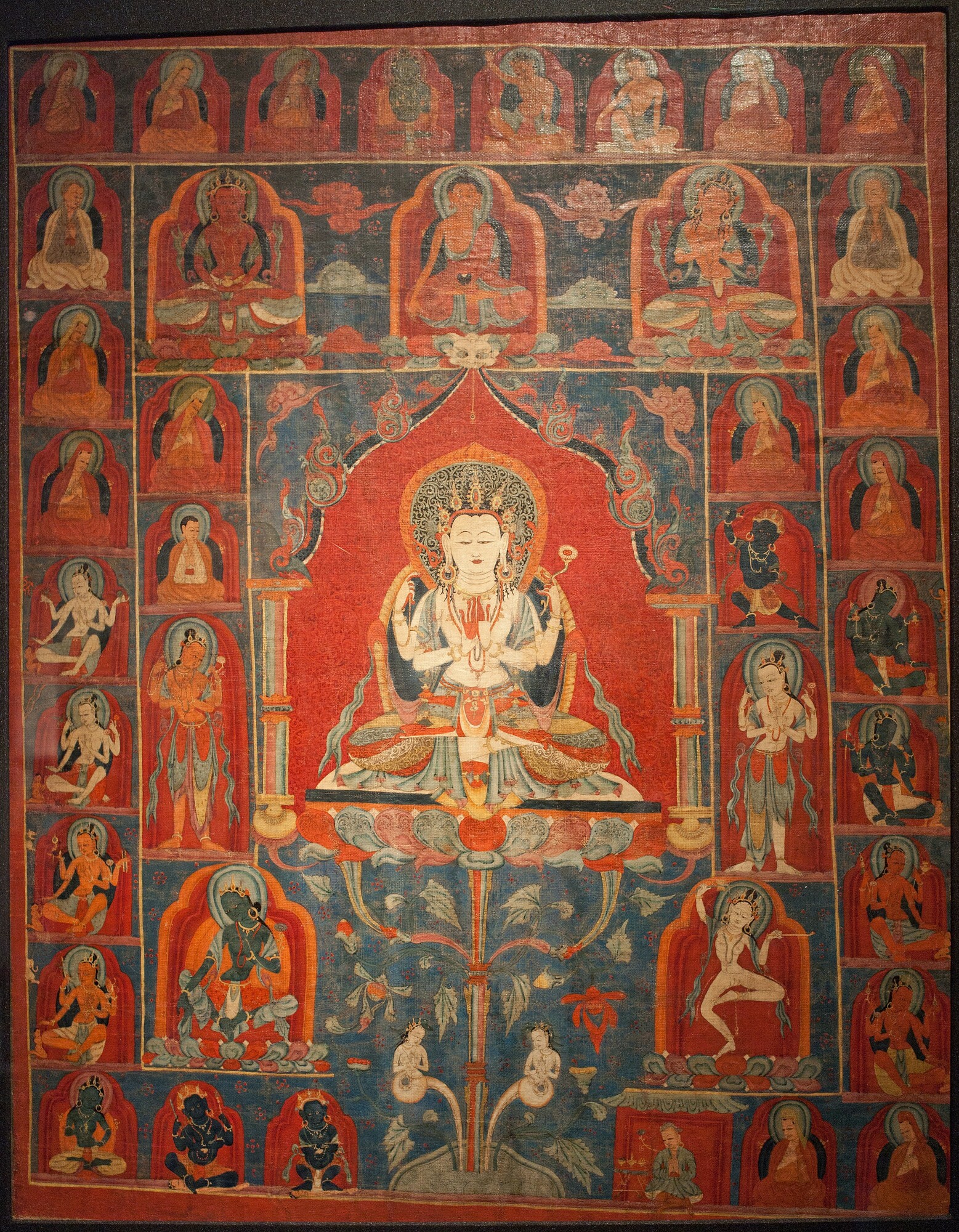
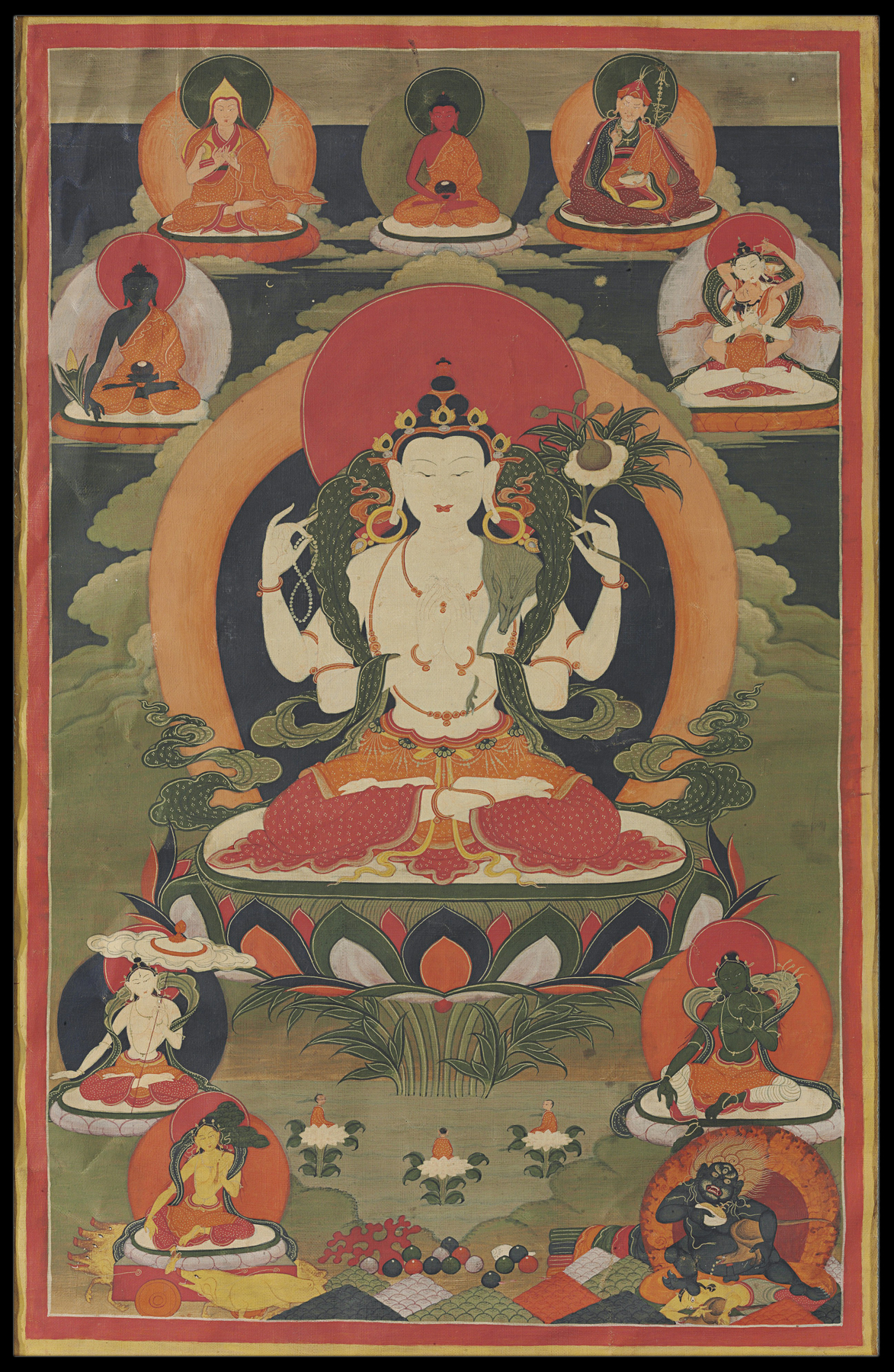
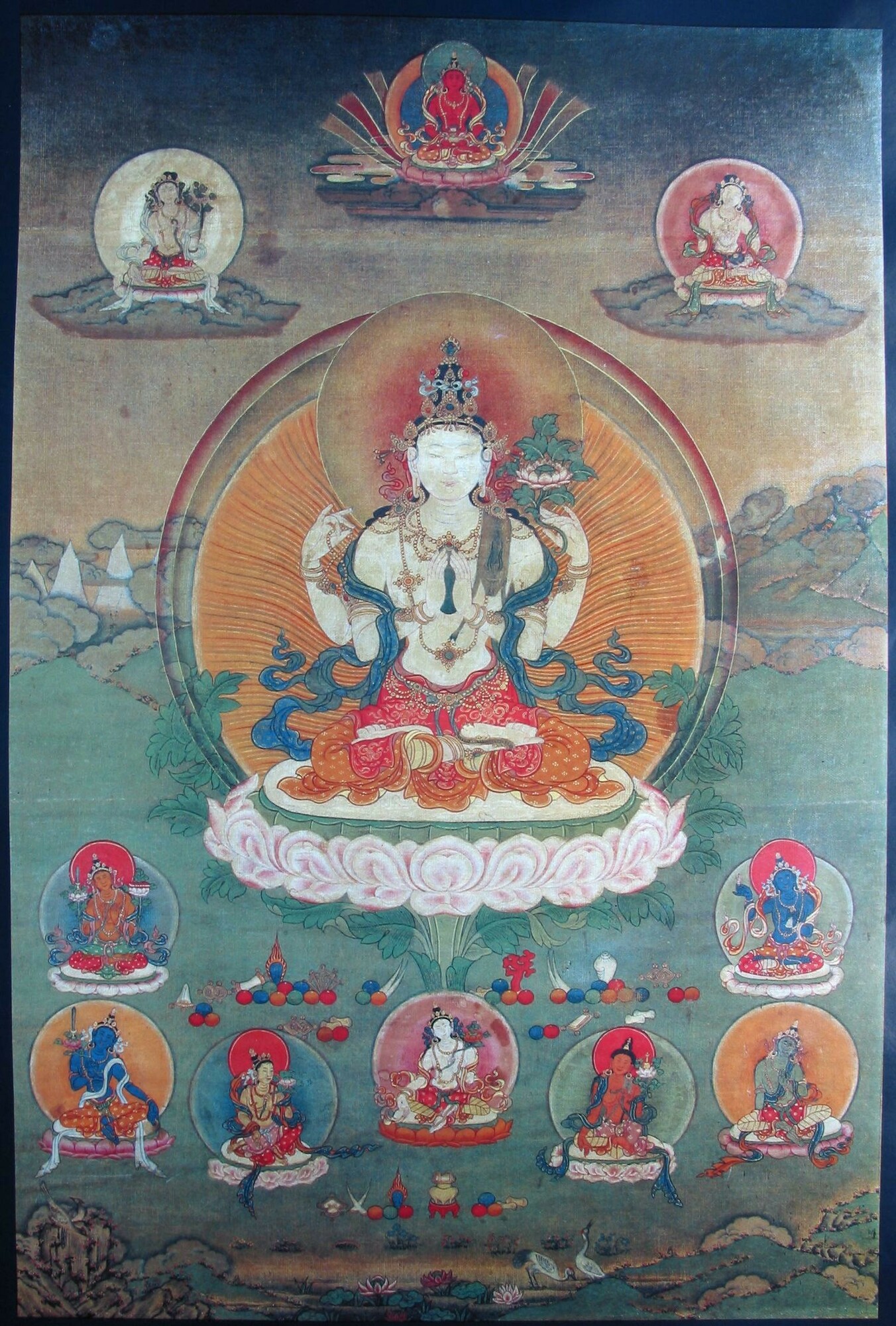

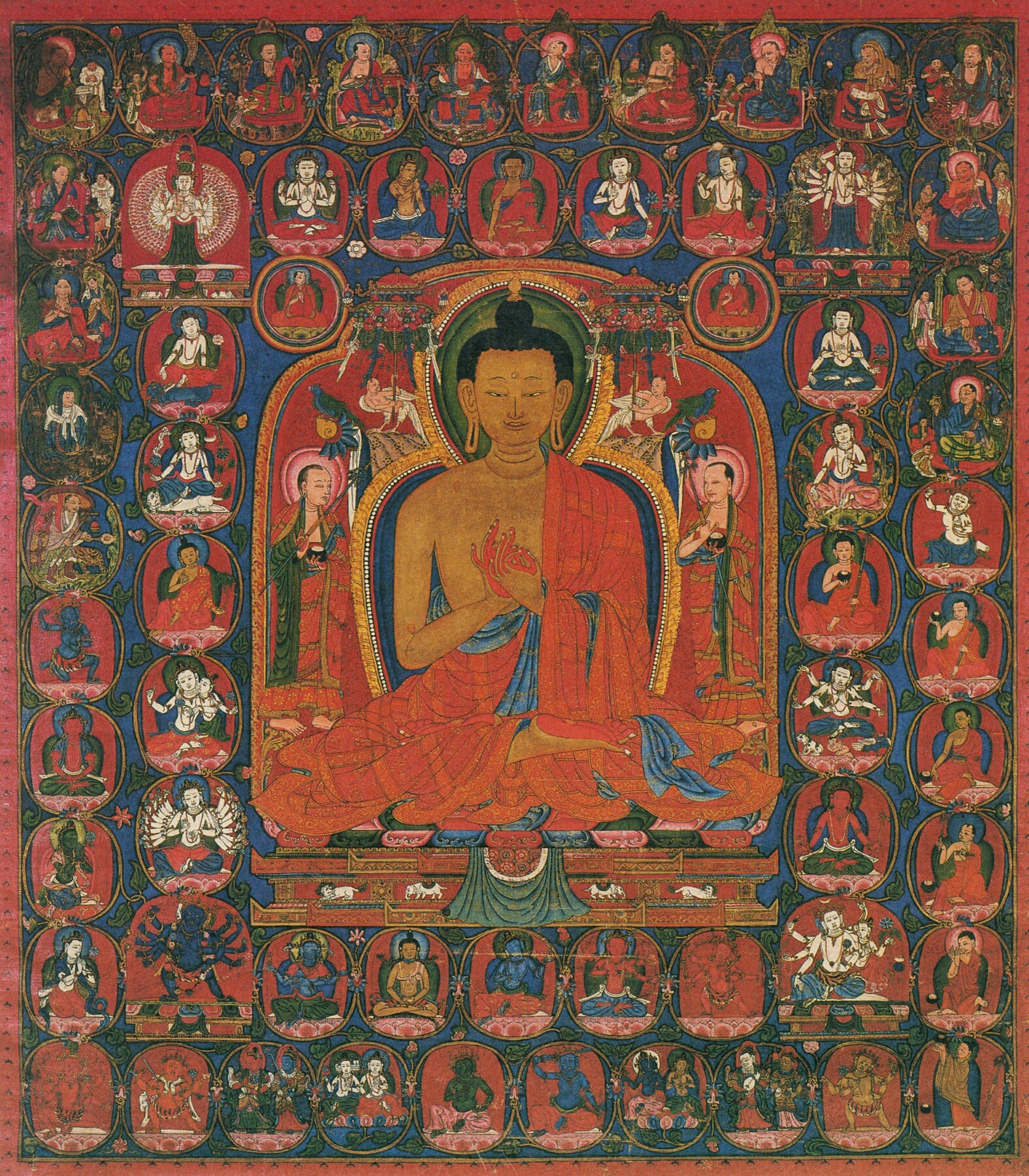
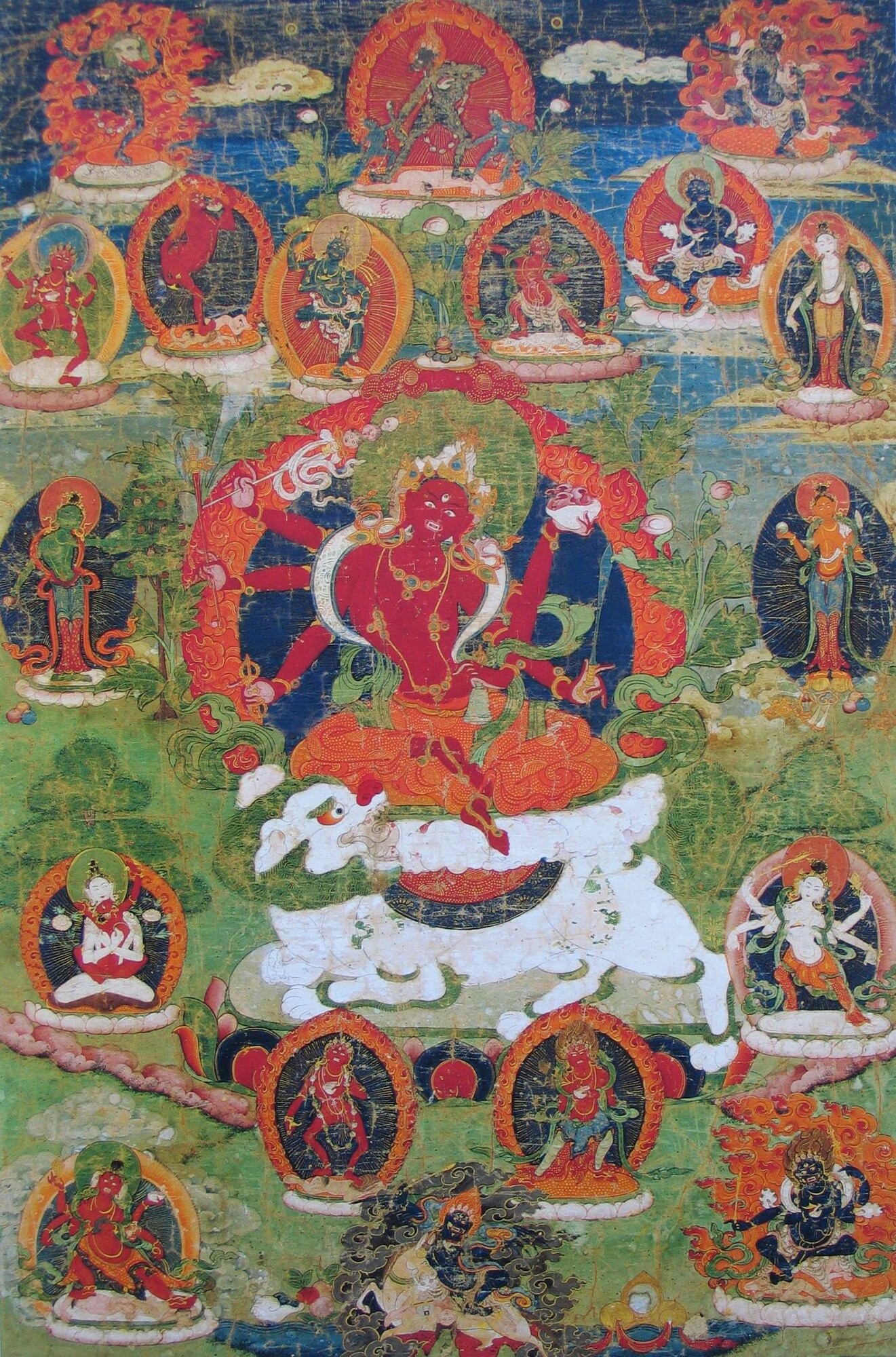
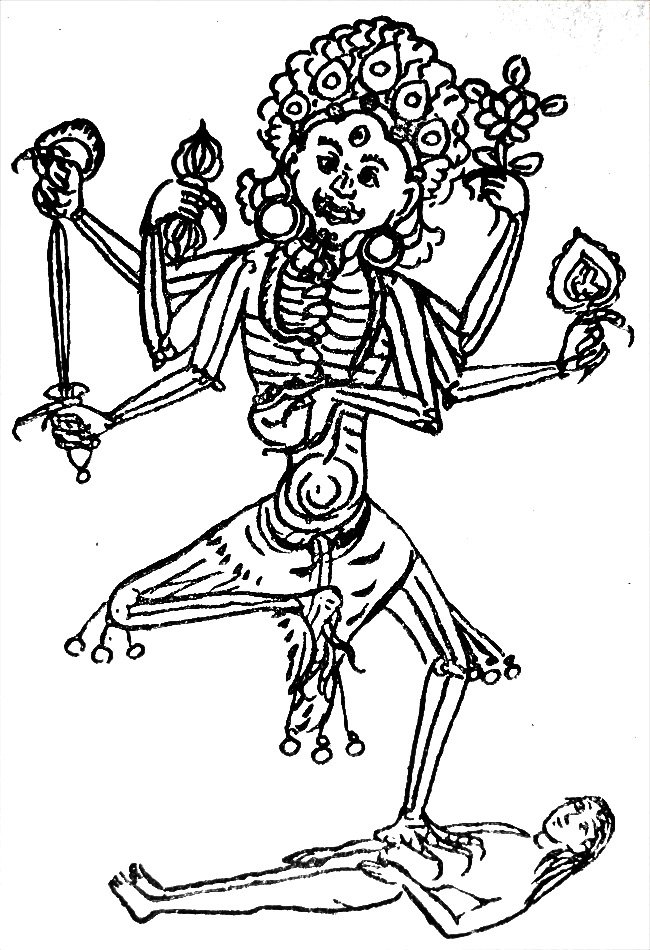




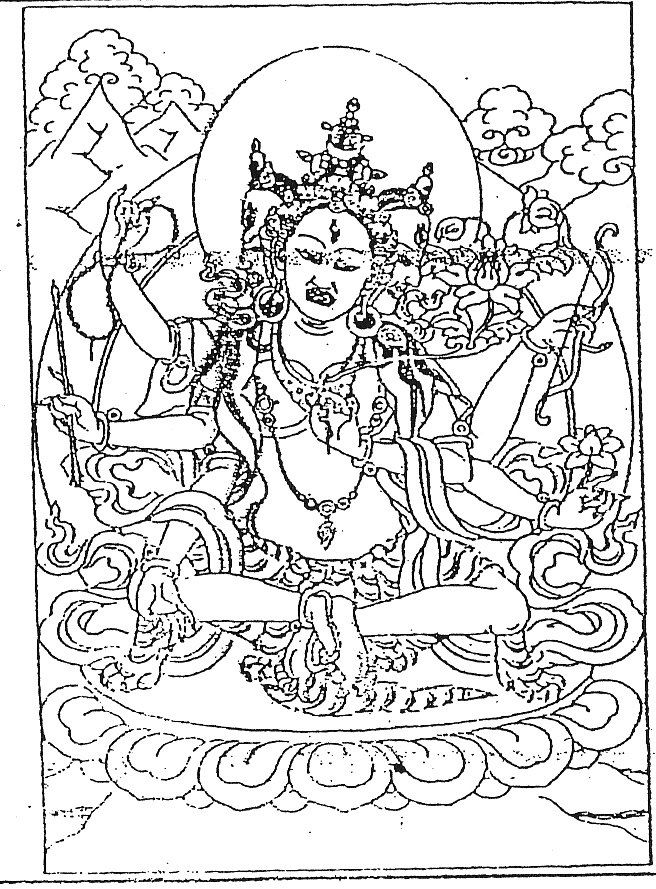

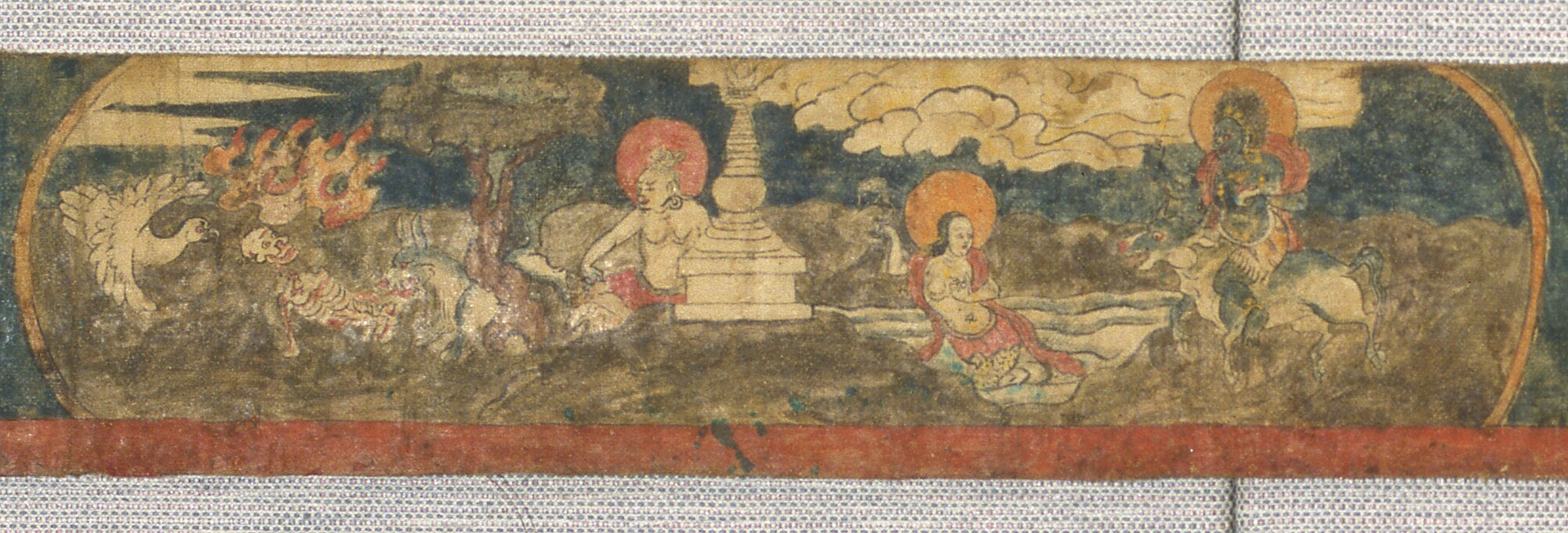
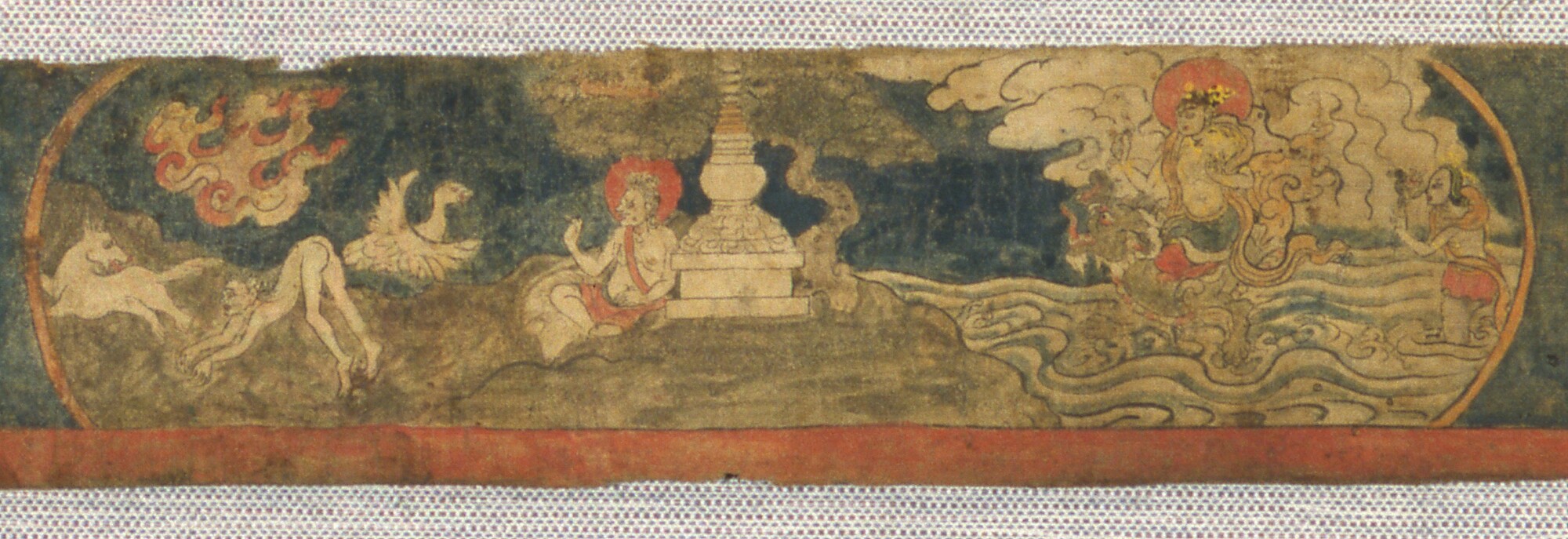
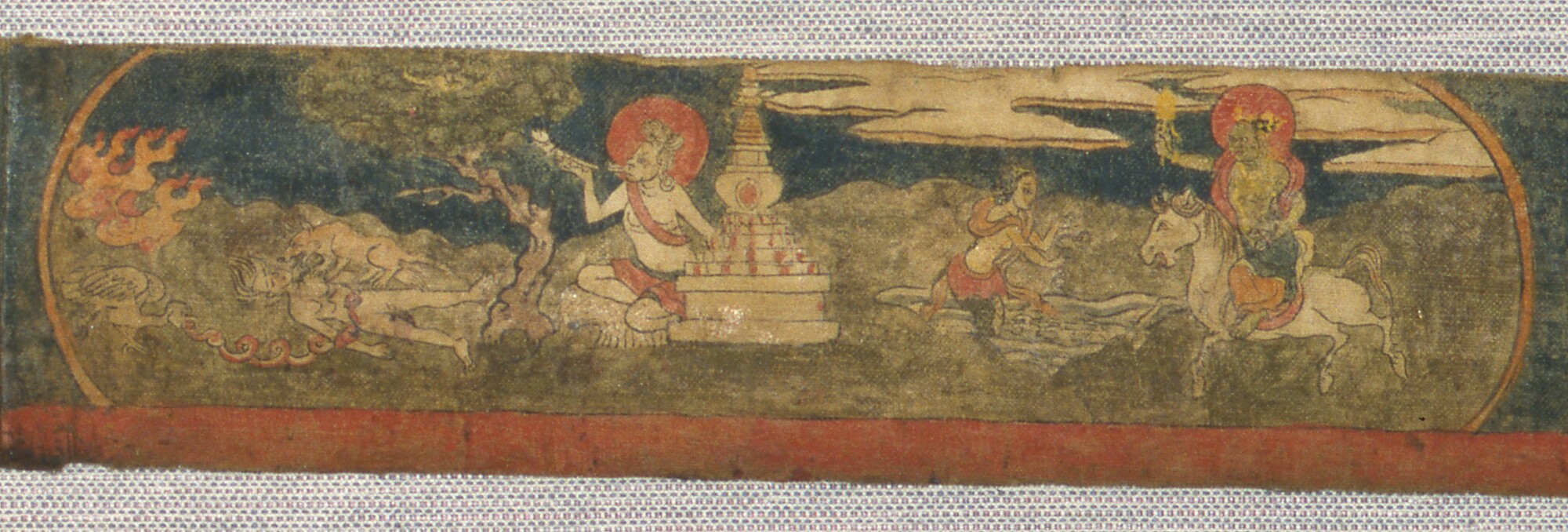
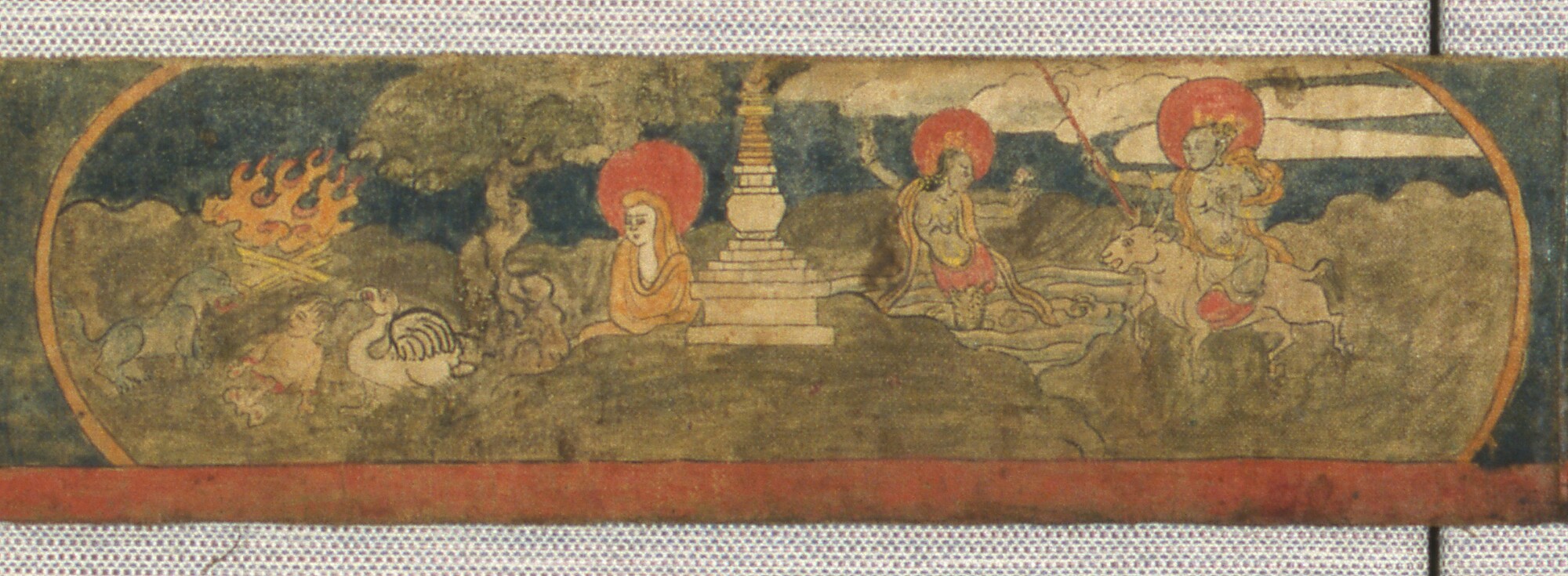
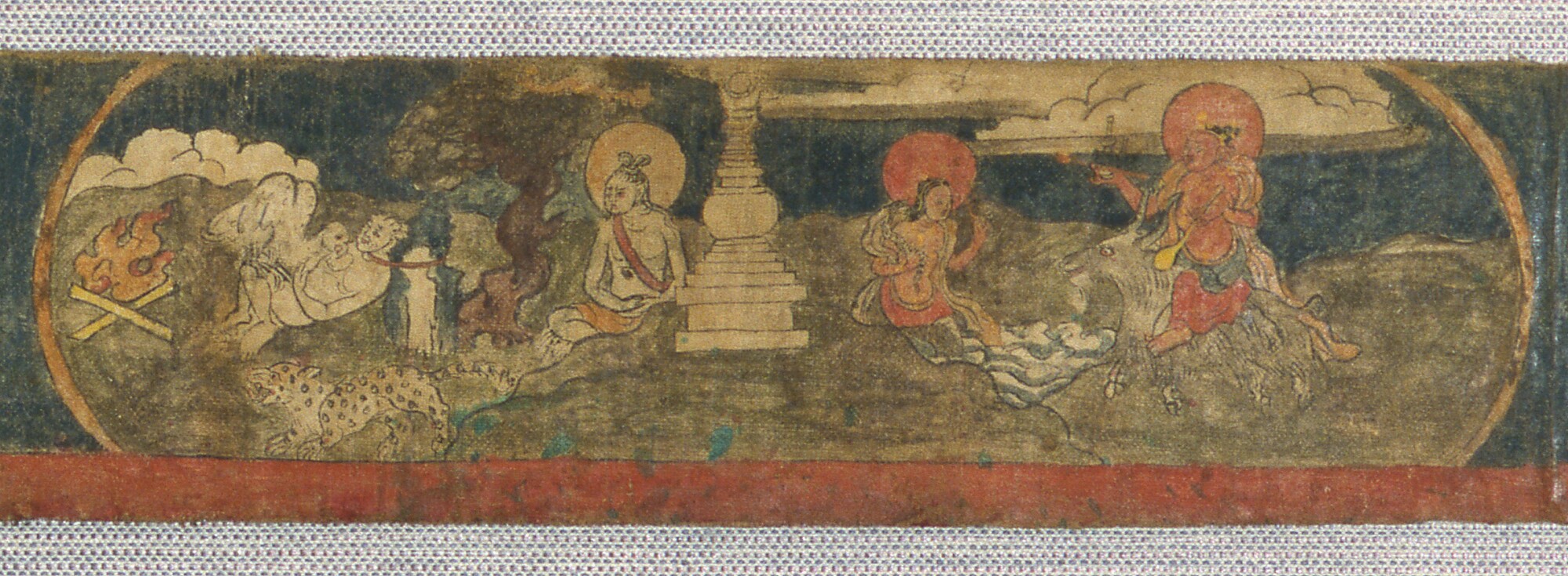
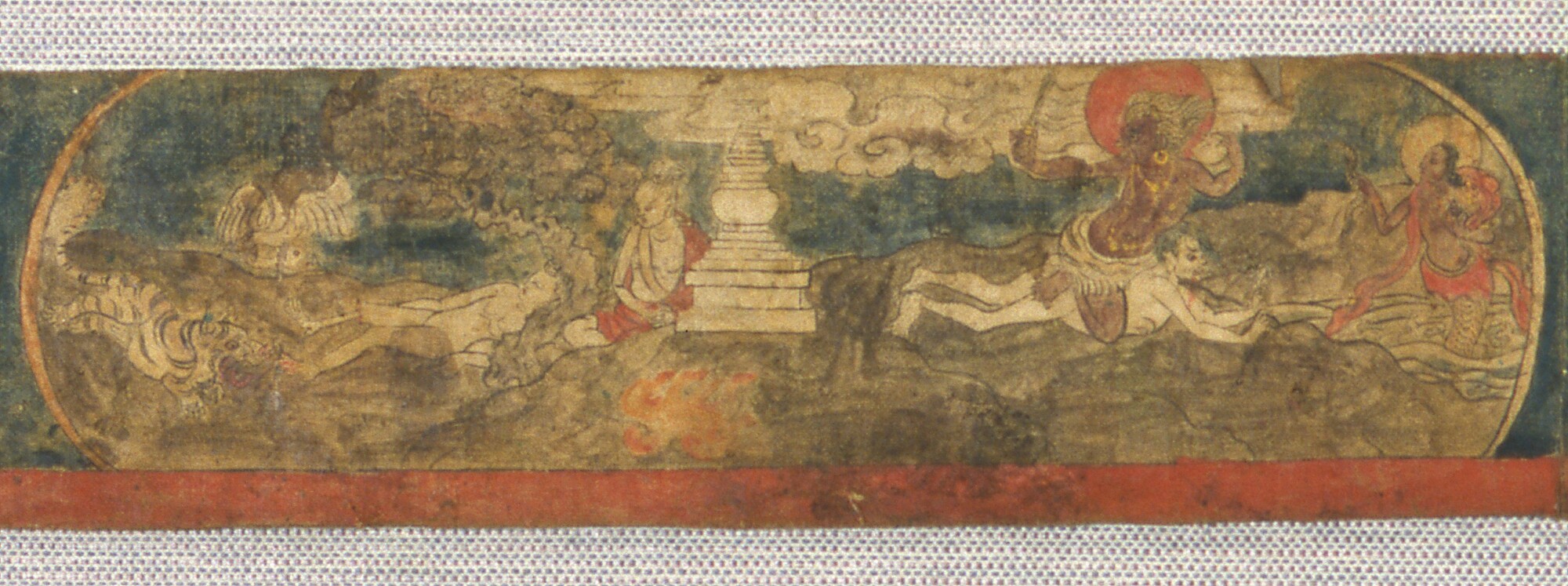
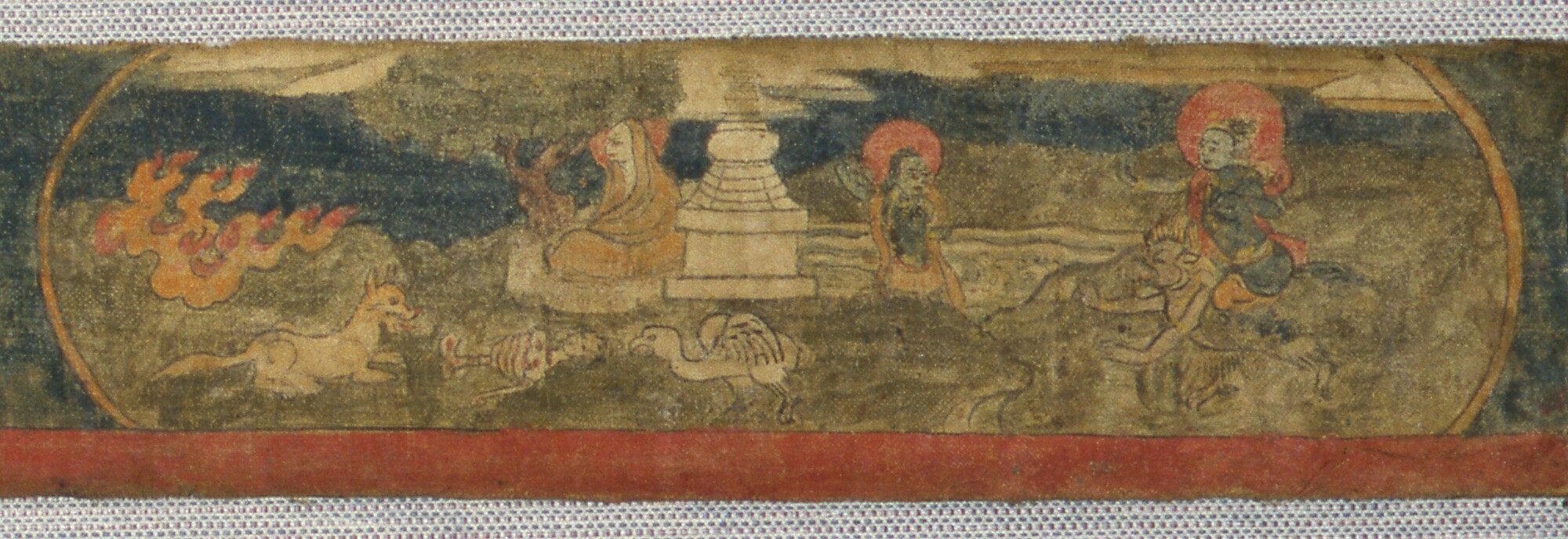
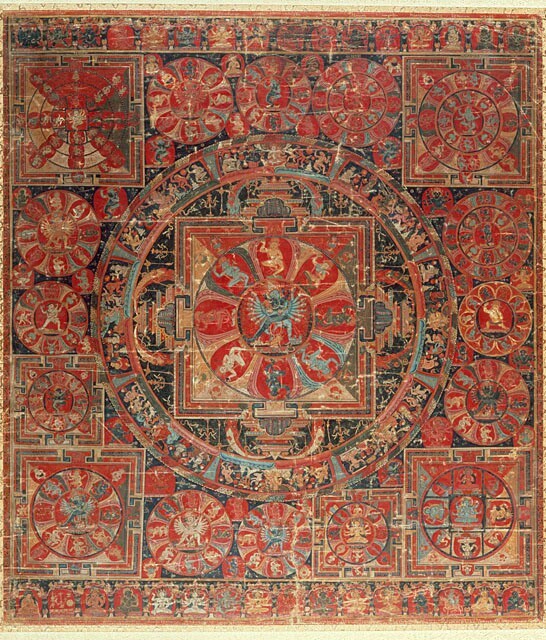
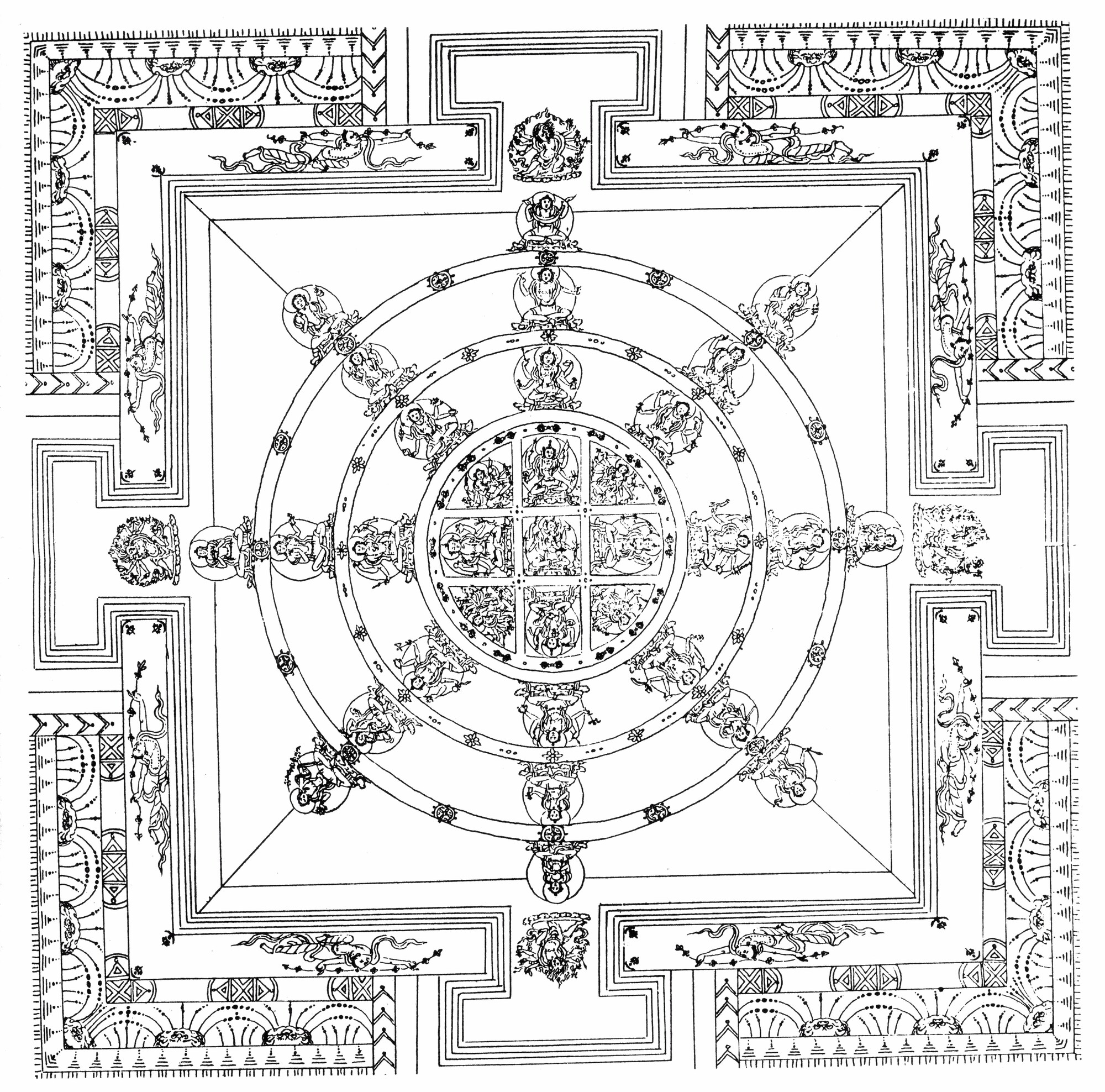


Bookmarks